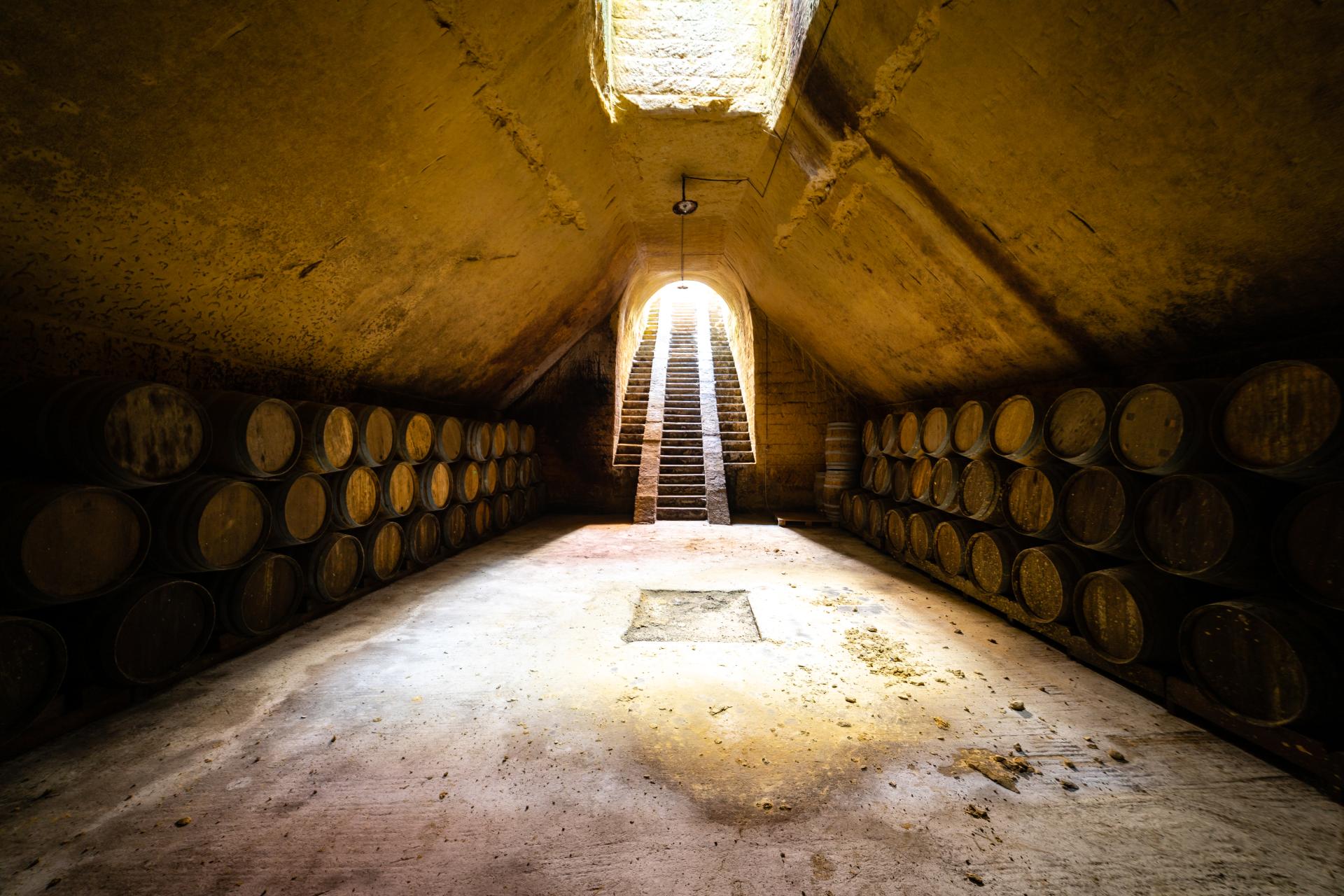Ecomuseum of winemaking
Basic information
Project Title
Category
Project Description
A fantastic journey through the history and traditional techniques of agricultural production inside the ancient grottos of Canosa, you will be able to learn the millenary history of winemaking, from pre-Romanesque populations until today. Surrounded by the grottos of the Roman era, obtained from the quarrying of the tuff, through the various laboratories you will be able to learn not only how wine is produced now, but also, it is possible to obtain many innovative products from its waste!
Geographical Scope
Project Region
Urban or rural issues
Physical or other transformations
EU Programme or fund
Which funds
Description of the project
Summary
The idea is to redevelop the underground area of the Municipality of Canosa di Puglia, bringing citizens closer together with a museum tour of wine production inside the grottos.
The grottos have a thousand-year history, they were created by quarrying the tuff (the main building material of the city) and then, thanks to the stable temperature and humidity conditions all year round, they were immediately used as the perfect place for storing wine. This custom and all its techniques have been handed down for millennia until the period of the First World War, where the citizens began to abandon the places of the grottos.The complete abandonment took place in the 1950s with the modernization of winemaking techniques and the progressive industrialization of local agriculture. This has transformed the grottos into warehouses or, in worse cases, into illegal landfills.
Key objectives for sustainability
There are three key objectives in terms of environmental sustainability.
1. Zeroing of pollutants in the soil and in the water cycle: spaces that have been abandoned for decades and full of waste materials (for example old combustion agricultural vehicles, oil lamps, etc.) will be regenerated. The existing covering of the walls and flooring will be eliminated to leave the tuff bare, in order to resume the natural transpiration of this material and, consequently, the circulation of water blocked by the underground concreting.
2. Reduction of the carbon footprint: the creation of a path inside the grottos allows to avoid air conditioning given the stable temperature of 18 degrees.
3. Reuse of waste: Inside the museum there will be a series of workshops that will show how the production of wine does not generate waste, but raw material for a new production cycle. All the techniques will be shown and the public will be given the opportunity to create new products and new materials starting from stalks and pomace.
Key objectives for aesthetics and quality
1. Natural beauty: the goal is to bring back the places of the museum itinerary to their original beauty. The original tuff walls will be exposed and left rough to give the spaces a warm and rustic look. In addition, the flooring will be restored to its original form, in beaten tuff dust. Here the large barrels that contained the wine were placed. These will remain and will be part of the museum installations.
2. Immersive experience: a totally immersive experience will be created for the visitor who will be fascinated by the greatness of the places, by the vision of holographic multimedia contents and by the fragrances in the air. The trapezoidal shape of the grottos will be exploited to create effects with warm LED lights and holographic projections that will exploit the presence of natural humidity to be displayed. The entire path will be mapped with sensors. These will allow the installations to be switched on and the release of natural smells and fragrances, that are related to the specific narration in the spaces, such as the scent of grape must in the areas in to which traditional vinification is explained, or the fragrance of local medicinal plants when the territorial characteristics of winemaking are described.
Key objectives for inclusion
Accessibility: all the grottos will be accessible, with routes for people with reduced mobility and visually impaired people. The presence of multilingual audio guides will allow integration with the possibility of experiencing the visit even without a direct view.
Affordability: the ticket price to the museum will be low, and with a registration on the site it will be possible to visit it for free. Access to the meeting areas is free and open to all.
Co-management and planning: some areas of the museum will be open 24 hours a day for everyone, as a space to study, meet and share culture. It will be possible to organize and carry out cultural events by citizens inside the grottos.
Physical or other transformations
Innovative character
Environmental sustainability, quality of experience and inclusion will be combined in the creation of a museum itinerary in currently abandoned and polluted grottos. These spaces will be returned to the community after having regenerated and reconstituted their natural appearance, in which an inclusive museum itinerary based on workshops will be positioned.

